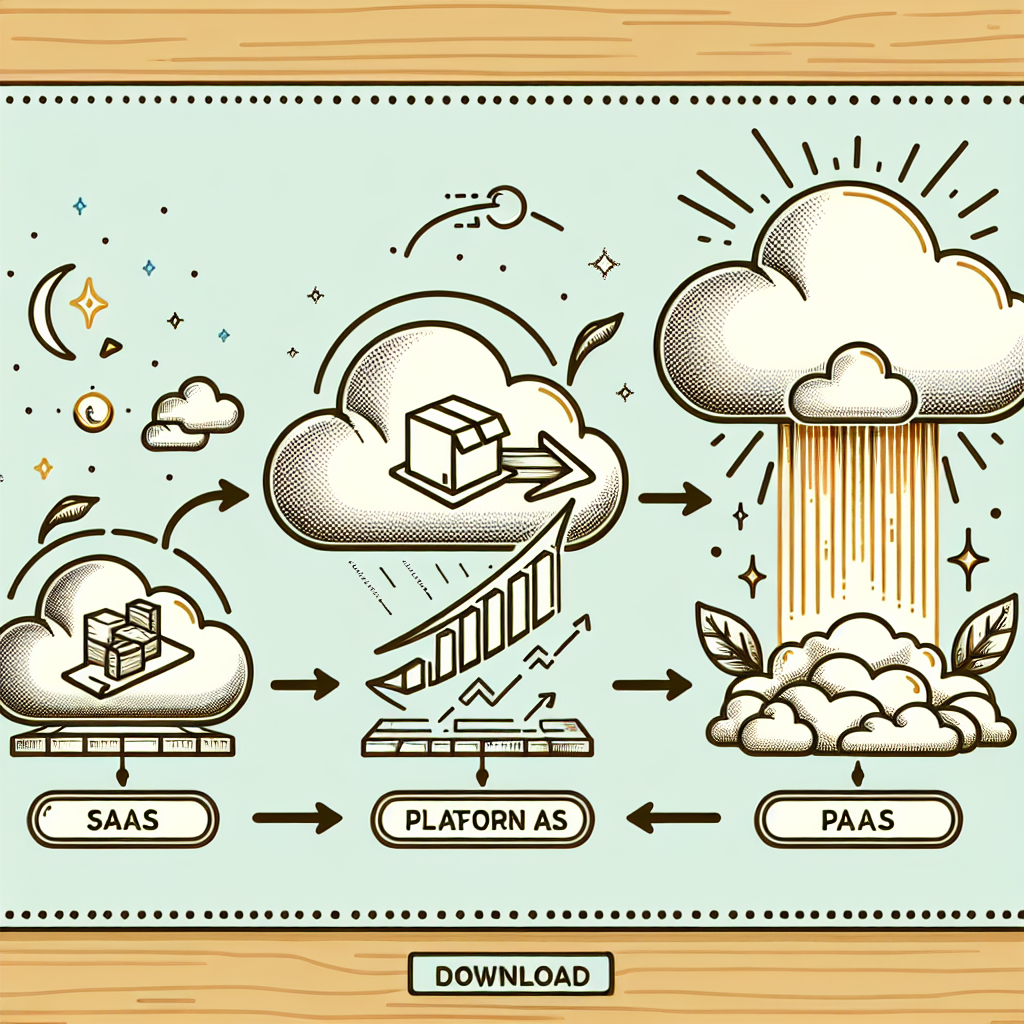Your cart is currently empty!
The Evolution of Cloud Computing: From SaaS to PaaS and Beyond

Cloud computing has revolutionized the way businesses and individuals use technology, offering a more efficient and cost-effective way to access and store data. Over the years, cloud computing has evolved from Software as a Service (SaaS) to Platform as a Service (PaaS) and beyond, providing users with an array of options for managing their digital assets.
SaaS was one of the first forms of cloud computing to gain popularity, allowing users to access software applications and services over the internet. This model eliminated the need for users to install and maintain software on their own devices, instead enabling them to access the applications through a web browser. This allowed for greater flexibility and scalability, as users could easily add or remove software subscriptions based on their needs.
As technology continued to advance, the PaaS model emerged, offering users a platform to develop, run, and manage applications without the complexity of building and maintaining infrastructure. PaaS provides developers with the tools and resources they need to create and deploy applications quickly and efficiently, reducing time-to-market and lowering costs. This model also allows for greater collaboration among teams, as multiple developers can work on the same platform simultaneously.
Beyond PaaS, cloud computing has continued to evolve with the introduction of Infrastructure as a Service (IaaS), which provides virtualized computing resources over the internet. This model allows users to rent virtual servers, storage, and networking resources, providing a highly scalable and flexible solution for businesses of all sizes. IaaS is particularly beneficial for organizations that require a high level of control over their infrastructure, as it allows them to customize and manage their resources as needed.
In addition to these traditional models, cloud computing has also expanded to include new technologies such as serverless computing and containerization. Serverless computing allows developers to build and run applications without having to manage servers, while containerization enables applications to be packaged and deployed in a lightweight and portable manner. These technologies offer even greater flexibility and efficiency, allowing businesses to optimize their resources and scale their operations more effectively.
Overall, the evolution of cloud computing has transformed the way businesses and individuals leverage technology, providing a range of options for managing their digital assets. From SaaS to PaaS and beyond, cloud computing continues to revolutionize the way we work and interact with technology, offering greater flexibility, scalability, and efficiency for users of all kinds. As technology continues to advance, it will be exciting to see how cloud computing continues to evolve and shape the future of digital innovation.

Leave a Reply